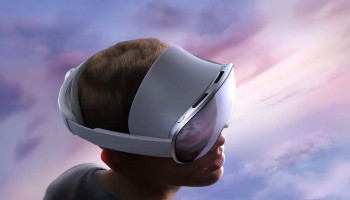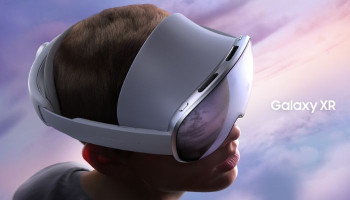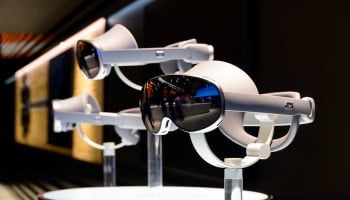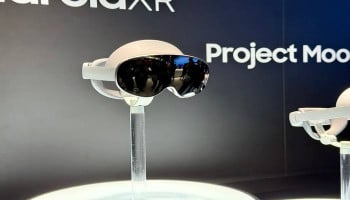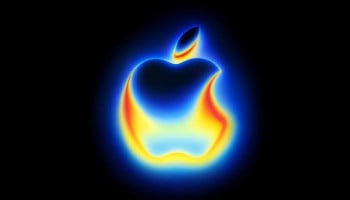
If you happen to be a headset freak, knowing what it feels to be exposed to the world's best, let's suppose, virtual reality headset must have been your priority at some point of time.
Considering you're not fortunate enough to be residing in the United States, the place where the purportedly best spatial computer is exclusively available at the moment, Gadinsider is here with something that might enthrall you right away.
The thing is that a recently surfaced rumour suggests that Apple Vision Pro is expected to hit global market later this year. Too much of foreshadowing? Let's be more specific then.
Read more: ChatGPT in iPhones? Microsoft eyes potential server strain from Apple's Siri upgrade
Apple Vision Pro launching globally in July
A reliable source familiar with the matter told MacRumors that Vision Pro might internationally release in July. If came true, the oversees launch of Vision Pro would be occurring just six months after it hit the American shores, and almost a year after it was announced by the iPhone maker.
Said to be especially crafted couches for the Vision Pro, the publication further claimed that the inventory of some Apple Store in the UK was flooded with pallets.
What corroborates to this speculation is that UK-based Apple Retail Managers are reportedly instructed to devise strategies to move the locations for the availability of Vision Pro accessories, with more renovations for Apple Stores tipped to take place in July.
Contrary to this rumour, earlier hints given by prolific tipsters and industry analysts stressed more on the international launch to kick off ahead of the upcoming Worldwide Developer Conference (WWDC).
Nonetheless, there is a possibility of the tech giant officially announcing the global launch of its spatial computer during the WWDC keynote on June 10.
How much are the apple vision pros
The Apple Vision Pro headset is priced at $3,499 in the United States, offering features like spatial computing, a dual micro-OLED display with over 4K resolution per eye, and innovative input methods using eye tracking, hand gestures, and voice commands.





